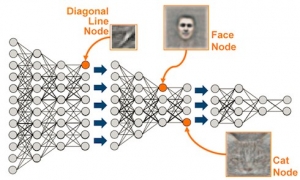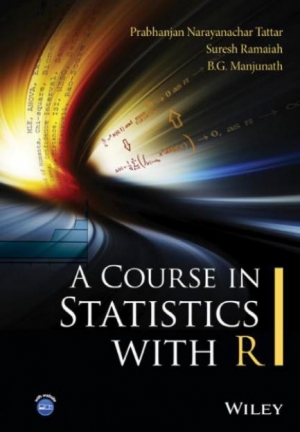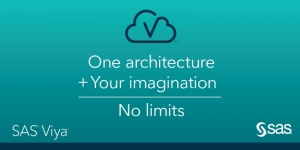Blog
Learning About Deep Learning
The concept is certainly compelling. Having a machine capable of reacting to real-world visual, auditory or other type of data and then responding, in an intelligent way, has been the stuff of science fiction until very recently. We are now on the verge of this new reality with little general understanding of what it is that artificial intelligence, convolutional neural networks, and deep learning can (and can’t) do, nor what it takes to make them work. At the simplest level, much of the current efforts around deep learning involve very rapid recognition and classification of objects—whether visual, audible, or some other form of digital data. Using cameras, microphones and other types of sensors, data is input into a system that contains a multi-level set of filters that provide increasingly detailed levels of differentiation. Think of it like the animal or plant classification charts from your grammar school days: Kingdom, Phylum, Class, Order, Family, Genus, Species.
Machine Learning is dead - Long live machine learning!
You may be thinking that this title makes no sense at all. ML, AI, ANN and Deep learning have made it into the everyday lexicon and here I am, proclaiming that ML is dead. Well, here is what I mean…
The open sourcing of entire ML frameworks marks the end of a phase of rapid development of tools, and thus marks the death of ML as we have known it so far. The next phase will be marked with ubiquitous application of these tools into software applications. And that is how ML will live forever, because it will seamlessly and inextricably integrate into our lives.
Review A Course in Statistics with R by Tattar P.N. et. al
Integrates the theory and applications of statistics using R. A Course in Statistics with R has been written to bridge the gap between theory and applications and explain how mathematical expressions are converted into R programs. The book has been primarily designed as a useful companion for a Masters student during each semester of the course, but will also help applied statisticians in revisiting the underpinnings of the subject. With this dual goal in mind, the book begins with R basics and quickly covers visualization and exploratory analysis. Probability and statistical inference, inclusive of classical, nonparametric, and Bayesian schools, is developed with definitions, motivations, mathematical expression and R programs in a way which will help the reader to understand the mathematical development as well as R implementation. Linear regression models, experimental designs, multivariate analysis, and categorical data analysis are treated in a way which makes effective use of visualization techniques and the related statistical techniques underlying them through practical applications, and hence helps the reader to achieve a clear understanding of the associated statistical models.
SAS bets on cloud and machine learning with new Viya analytics architecture
On Tuesday, analytics company SAS announced Viya, its new analytics and visualization architecture. A SAS spokeswoman said Viya would become the "foundation for all future SAS products."
The goal of Viya is to make analytics more accessible to all users and to better support cloud-native apps and data stored in the cloud.
The announcement came at the 2016 SAS Global Forum, the company's annual conference for SAS users and executives, which took place in Las Vegas. Viya will be available as part of an early adopter program in May, but it will reach general availability sometime in Q3 of 2016.
Search
Archive
Latest Posts
Latest Comments
K2 Content
-
 A synergetic R-Shiny portal for modeling and tracking of COVID-19 data
Written by S. Morteza NajibiWritten on Friday, 08 January 2021 07:03 in SDAT News Read 4397 times Read more...
A synergetic R-Shiny portal for modeling and tracking of COVID-19 data
Written by S. Morteza NajibiWritten on Friday, 08 January 2021 07:03 in SDAT News Read 4397 times Read more...
Dr. Mahdi Salehi, an associate member of SDAT and assistant professor of statistics at the University of Neyshabur, introduced a useful online interactive dashboard that visualize and follows confirmed cases of COVID-19 in real-time. The dashboard was publicly made available on 6 April 2020 to illustrate the counts of confirmed cases, deaths, and recoveries of COVID-19 at the level of country or continent. This dashboard is intended as a user-friendly dashboard for researchers as well as the general public to track the COVID-19 pandemic, and is generated from trusted data sources and built-in open-source R software (Shiny in particular); ensuring a high sense of transparency and reproducibility.
Access the shiny dashboard: https://mahdisalehi.shinyapps.io/Covid19Dashboard/
-
 First Event on Play with Real Data
Written by S. Morteza NajibiWritten on Wednesday, 23 December 2020 13:45 in SDAT News Read 4619 times Read more...
First Event on Play with Real Data
Written by S. Morteza NajibiWritten on Wednesday, 23 December 2020 13:45 in SDAT News Read 4619 times Read more...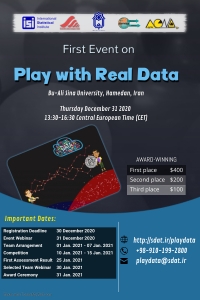
Scientific Data Analysis Team (SDAT) intends to organize the first event on the value of data to provide data holders and data analyzers with an opportunity to extract maximum value from their data. This event is organized by International Statistical Institute (ISI) and SDAT hosted at the Bu-Ali Sina University, Hamedan, Iran.
Organizers and the data providers will provide more information about the goals of the initial ideas, team arrangement, competition processes, and the benefits of attending this event on a webinar hosted at the ISI Gotowebianr system. Everyone invites to participate in this webinar for free, but it is needed to register at the webinar system by 30 December 2020.
Event Time: 31 December 2020 - 13:30-16:30 Central European Time (CET)
Register for the webinar: https://register.gotowebinar.com/register/8913834636664974352
More details about this event: http://sdat.ir/en/playdata
Aims and outputs:
• Playing with real data by explorative and predictive data analysis techniques
• A platform between a limited number of data providers and hundreds to thousands of data scientist Teams
• Improving creativity and scientific reasoning of data scientist and statisticians
• Finding the possible “bugs” with the current data analysis methods and new developments
• Learn different views about a dataset.AWARD-WINNING:
The best-report awards consist of a cash prize:
$400 for first place,
$200 for second place, and
$100 for third place.Important Dates:
Event Webinar: 31 December 2020 - 13:30-16:30 Central European Time (CET).
Team Arrangement: 01 Jan. 2021 - 07 Jan. 2021
Competition: 10 Jan. 2021 - 15 Jan. 2021
First Assessment Result: 25 Jan. 2021
Selected Teams Webinar: 30 Jan. 2021
Award Ceremony: 31 Jan. 2021Please share this event with your colleagues, students, and data analyzers.
-
 Development of Neuroimaging Symposium and Advanced fMRI Data Analysis
Written by S. Morteza NajibiWritten on Sunday, 21 April 2019 12:18 in SDAT News Read 4765 times Read more...
Development of Neuroimaging Symposium and Advanced fMRI Data Analysis
Written by S. Morteza NajibiWritten on Sunday, 21 April 2019 12:18 in SDAT News Read 4765 times Read more...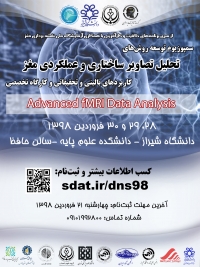
The Developement of Structural and Functional Neuroimaging Symposium hold at the School of Sciences, Shiraz University in April 17 2019. The Advanced fMRI Data Analysis Workshop also held in April 18-19 2019. For more information please visit: http://sdat.ir/dns98
-
 Releasing Rfssa Package by SDAT Members at CRAN
Written by S. Morteza NajibiWritten on Sunday, 03 March 2019 21:03 in SDAT News Read 3458 times
Releasing Rfssa Package by SDAT Members at CRAN
Written by S. Morteza NajibiWritten on Sunday, 03 March 2019 21:03 in SDAT News Read 3458 times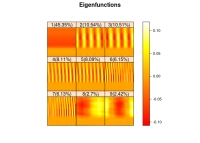
The Rfssa package is available at CRAN. Dr. Hossein Haghbin and Dr. Seyed Morteza Najibi (SDAT Members) have published this package to provide the collections of necessary functions to implement Functional Singular Spectrum Analysis (FSSA) for analysing Functional Time Series (FTS). FSSA is a novel non-parametric method to perform decomposition and reconstruction of FTS. For more information please visit github homepage of package.
-
 Data Science Symposium
Written by S. Morteza NajibiWritten on Friday, 01 February 2019 00:13 in SDAT News Read 4889 times Read more...
Data Science Symposium
Written by S. Morteza NajibiWritten on Friday, 01 February 2019 00:13 in SDAT News Read 4889 times Read more...
Symposium of Data Science Developement and its job opportunities hold at the Faculty of Science, Shiraz University in Feb 20 2019. For more information please visit: http://sdat.ir/dss97
Tags
About Us
SDAT is an abbreviation for Scientific Data Analysis Team. It consists of groups who are specialists in various fields of data sciences including Statistical Analytics, Business Analytics, Big Data Analytics and Health Analytics.
Get In Touch
Address: No.15 13th West Street, North Sarrafan, Apt. No. 1 Saadat Abad- Tehran
Phone: +98-910-199-2800
Email: info@sdat.ir

